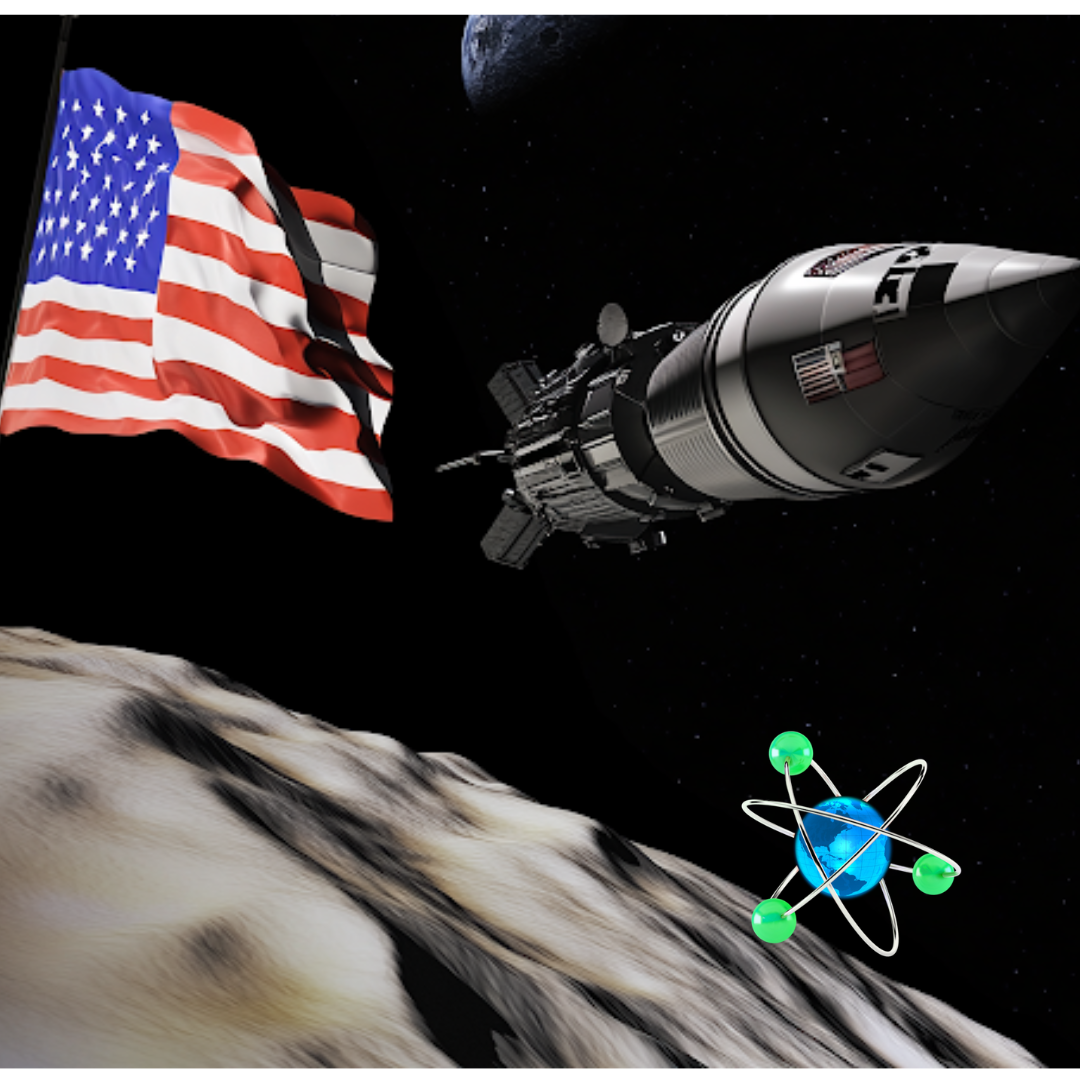
- Hybrid Propulsion System: The SPAR Institute is developing a spacecraft that combines nuclear electric propulsion (powered by a lightweight microreactor) with a chemical rocket. This combination will provide fuel-efficient, steady propulsion and high-thrust capabilities for maneuverability and mission flexibility.
- Collaboration Across Institutions: The project involves eight universities and 14 industry partners, with Ultra Safe Nuclear developing the microreactor. Teams will focus on various technologies, such as converting reactor heat to electricity, developing electric propulsion methods (Hall, magnetoplasmadynamic, and electron cyclotron resonance thrusters), and simplifying chemical rocket fueling.
- Strategic National Defense: The initiative aims to enhance the U.S. Space Force’s capabilities by creating a more agile, responsive, and resilient spacecraft, addressing current limitations of space propulsion systems, and ensuring the U.S. maintains its edge in space exploration and defense.
The U.S. Space Force is investing $35 million into a research and development project led by the University of Michigan (UMich). The project, known as Space Power and Propulsion for Agility, Responsiveness, and Resilience (SPAR) Institute, is a collection of eight universities and 14 industry partners. SPAR seeks to design and develop a hybrid propulsion (combination of nuclear and chemical propulsions) spacecraft with an onboard nuclear microreactor that generates electricity from heat. Part of that energy will be utilized for propulsion and easier maneuverability, and the spacecraft will also incorporate a chemical rocket for additional thrust when needed.
Ultra Safe Nuclear (USNC) will develop the spacecraft’s key component, a lightweight microreactor that will power it. This part of the project will involve designing technologies to convert the reactor’s heat into usable electricity and to convert electricity into thrust via ionized propellants. Other sub-teams of the initiative will focus on different aspects of the propulsion system, such as the following:
- UMich, in collaboration with Spark Thermionics, and UMich, in collaboration with Antora Energy, will convert thermal energy from the reactor into electricity (using thermionic cells and thermal photovoltaics) in two different teams.
- A collective of Cornell University, Advanced Cooling Technologies, and Ultramet will design a system to extract waste heat and radiate it into space (through lightweight panels).
- The University of Washington, UMich, and Cislunar Industries will oversee the development of power processing modules to meet the propulsion demands of the electric engine in the spacecraft.
- Testing different electric propulsion methods, including Hall thrusters by UMich, magnetoplasmadynamic thrusters by Princeton University and Champaign-Urbana Aerospace, and electron cyclotron resonance thrusters by the University of Washington and NuWaves Inc.
- UMich and Pennsylvania State University will lead the simplification of chemical rocket fueling and the integration of propulsion systems.
Key advisors of the effort include major aerospace and defense providers Northrop Grumman Corp., and Lockheed Martin Corp., as well as major electricity provider Westinghouse Electric Corp., and key space non-profit research company The Aerospace Corporation.
The hybrid propulsion system will use nuclear electric propulsion (powered by a compact, lightweight microreactor) to provide steady, fuel-efficient propulsion and a chemical rocket for more immediate, high-thrust needs. This will effectively ensure that the spacecraft can avoid the limitations of current systems, which can either suffer from limited fuel (in chemical rockets) or slow movement (in electric propulsion). With the introduction of nuclear energy from the microreactor, the new spacecraft will be more agile, responsive, and resilient in space.
Joshua Carlson, the space force manager for SPAR, expressed his excitement for this project as it will enhance the U.S. Space Force program and space capabilities. He states, “We’re very pleased to work with the University of Michigan, and their partners, just like we are for all our other efforts under the USSF University Consortium, as we seek to maintain the space force’s edge in great power competition.”
The Space Power and Propulsion for Agility, Responsiveness, and Resilience (SPAR) Institute leads one of the largest efforts in the U.S. to advance space propulsion technologies, intending to enhance both national defense and space exploration capabilities.
